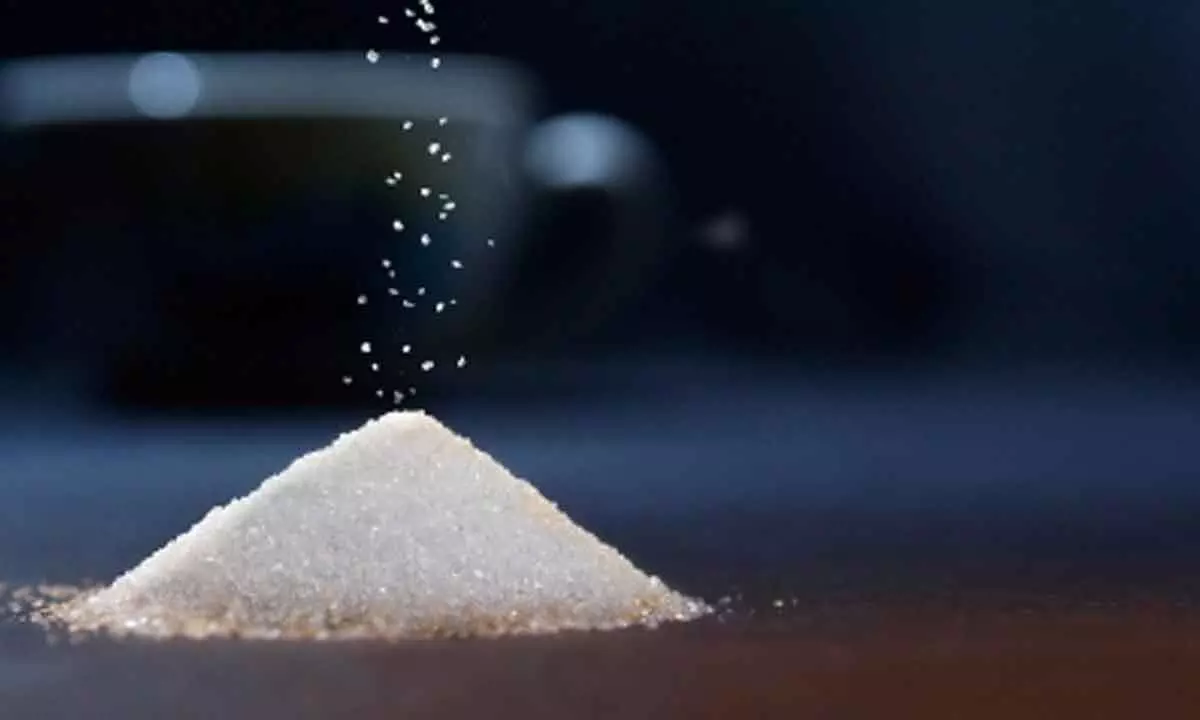Dry weather over India driving up rally in sugar prices
Share :

The S&P GSCI Agriculture Index is finishing August 2 per cent lower MOM, reaching two-year lows. Grains led the decline, with wheat and corn futures both markedly down, Rabo Bank said in a research.
New Delhi : The S&P GSCI Agriculture Index is finishing August 2 per cent lower MOM, reaching two-year lows. Grains led the decline, with wheat and corn futures both markedly down, Rabo Bank said in a research.
Sizable US grain acreage following the largest annual increase in seven years, a record Brazilian corn harvest, and the continuation of significant wheat export flows from the Black Sea combined to drive prices lower.
However, weather risks remain high for sugar, cocoa, robusta coffee, and Australian wheat, as El Nino’s effects become more apparent. India in particular has been getting quite dry, providing quite a lot of support for sugar, the report said.
As El Nino strengthens toward the turn of the year, speculators on sugar, cocoa, and robusta coffee might stick around for a while.
When it comes to sugar, the impact can be more immediate. El Nino could make Thailand, India, and Australia drier than normal. These are the three largest exporters after Brazil. Fears of El Nino’s effects clearly underpinned the 40 per cent rally seen so far this year, the report said.
India and Thailand are already dry, and output estimates have been revised lower. The biggest worry is whether reservoirs in India’s key sugar-producing region of Maharashtra are low and unable to support growth for the 2024/25 season.
Like sugar, coffee markets may also be strongly impacted given that Vietnam is the largest robusta producer in the world and Indonesia is number three. The vast majority of coffee farms in Vietnam are irrigated, but Indonesian farms aren’t. Clearly, the robusta rally seen earlier in the year had El Nino in mind, and it was alleviated only because arabica prices came off due to other variables. When it comes to cocoa, there is a slight correlation between dryness across West Africa (an area responsible for 70 per cent of global cocoa exports) and El Nino. Certainly, this was the case in the 2015/16 season, when a strong El Nino event led to weak West African production.













